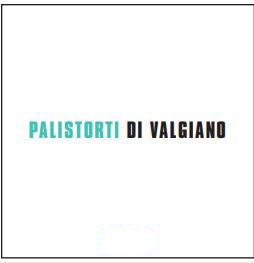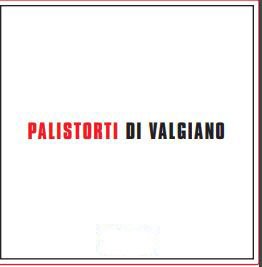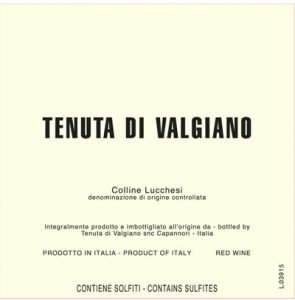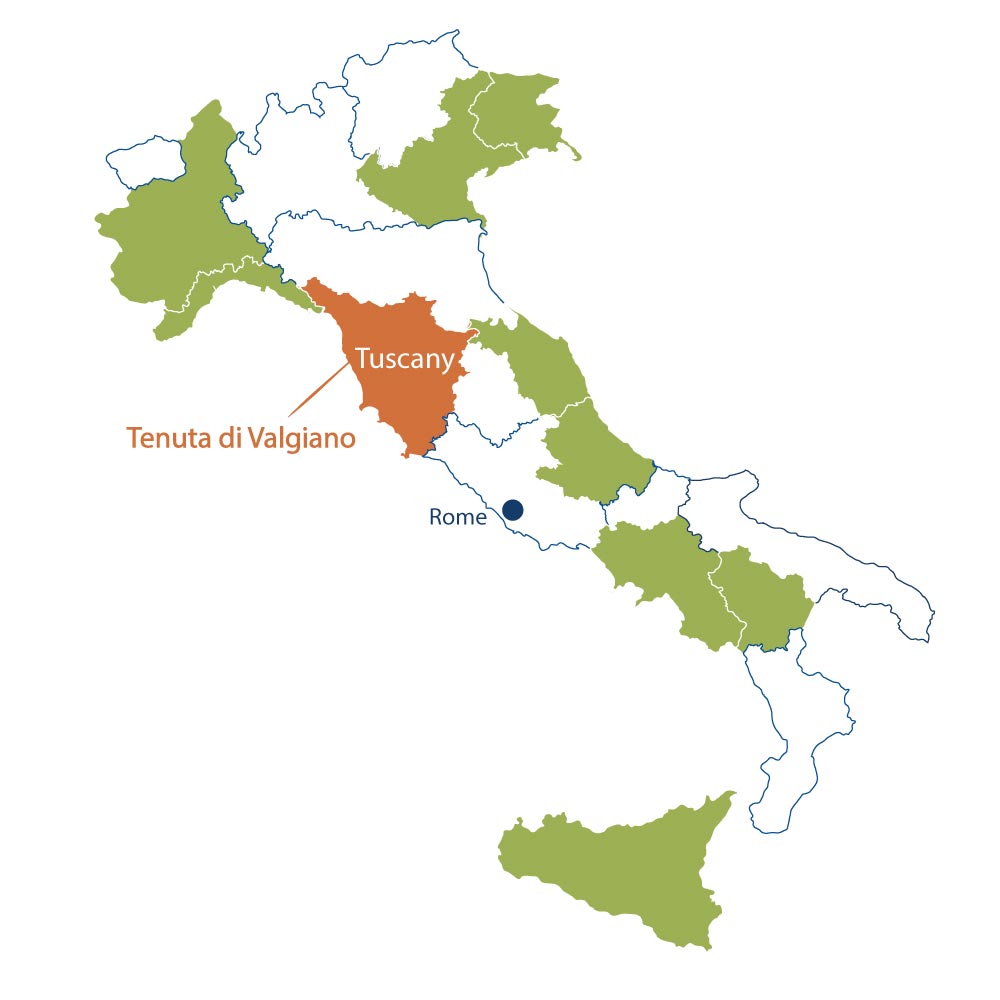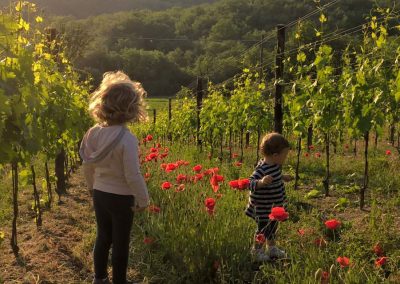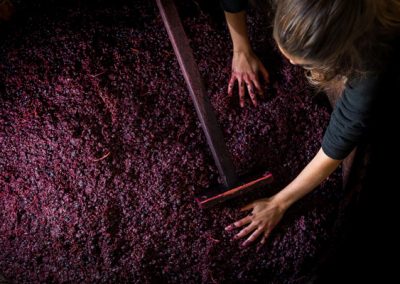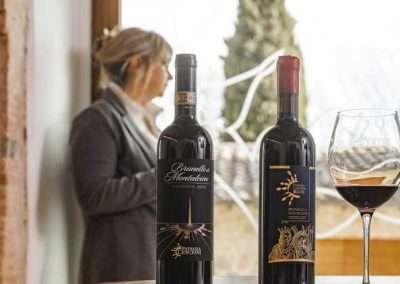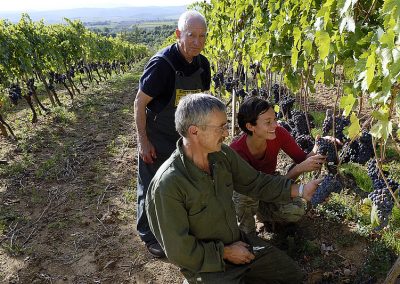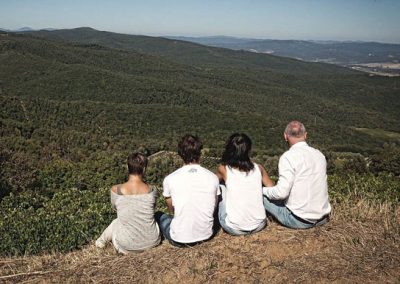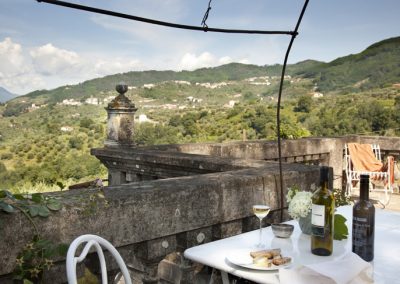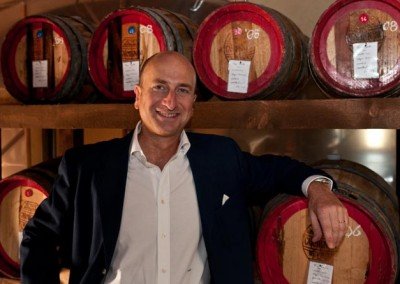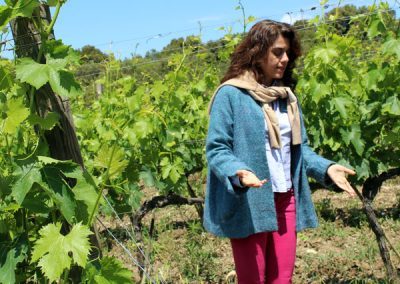Tenuta di Valgiano
Lucca |TuscanyThere is something wilder and more alive in these verdant hills, and the grapes grown here share this energy, this vitality. Tenuta di Valgiano makes true “terroir” wines – wines that once you taste them, inspire a feeling that you are being spoken to in a new language that is undeniably exciting.
Biodynamics is the core of this new tongue, a rhythm to which everything moves at the estate: the vineyards and olive trees, the bees and chickens. Moreno Petrini and Laura di Collobiano would have it no other way—for them, the soul of Valgiano must be present in each bottle.
And that soul is comprised of everything—and everyone—that calls Valgiano home. The humus-rich soils, carefully kept in balance through biodynamic cultivation. The Tuscan sun that is so generous with its rays. The wild herbs and pine trees that perfume each valley and hilltop. The smiles of friends and family who with their laughter and support, have made Valgiano the vinous oasis it has become.
FARMING & WINEMAKING
The estate’s 40 acres of vineyards are certified organic (ICEA) and certified biodynamic (Demeter), surrounded by olive trees and nearly 200 acres of forestland. (The farm produces organic olive oil and organic honey, too.)
Regular soil analysis helps the team at Valgiano achieve a better understanding of the relationship among the vine, the climate and the soil, and how to maintain a harmonious balance of the three.
Wild herbs and legumes are planted to increase soil health and encourage biodiversity, and plowing is regular. Vineyard pests are managed through natural means, and only approved biodynamic treatments are used on estate vines.
Soils in the hills above Lucca at Valgiano are primarily clay-based, in Italian “alberese.” The mountain behind the estate, however, is sandstone. These two geological elements come together in Valgiano’s vineyards, a unique marriage (also found in regions like Vosne-Romanée) that winemaker Moreno Petrini believes gives his wines their particular character and finesse.
As vineyards are surrounded by wild forest, warm summer temperatures are naturally moderated, allowing vines a long vegetative period.
While the estate’s oldest vines were planted in the 1950s, Moreno Petrini in 2014 replanted some eight acres with massal selection rootstock. The overarching goal is to replant the entire estate to massal selection rootstock, a project expected to extend over the next two decades.
Grapes are harvested by hand. For the red wines, grapes are destemmed then delivered directly into small, open-top wooden tanks (no pumping). Must is fermented on indigenous yeasts, with delicate punch-downs either by hand or foot. Wine is aged in French oak barrels (225L, as larger barrels won’t fit through the cellar door!) and then in cement vat.
For the white wines, grapes are pressed directly and fermented on indigenous yeasts in temperature-controlled, stainless steel tanks.
Toscana Bianco 'Palistorti di Valgiano'
‘Palistorti’ are crooked posts, found at the end of each row of vines in the Valigano vineyards, a marker and a metaphor of nature doing what she does best – marching to the beat of her own drum. A bold blend of classic Tuscan white grapes, including Vermentino, Trebbiano, Malvasia and Grechetto.
Colline Lucchesi Rosso 'Palistorti di Valgiano'
‘Palistorti’ are crooked posts, found at the end of each row of vines in the Valigano vineyards, a marker and a metaphor of nature doing what she does best – marching to the beat of her own drum. What you get in this lovely red blend is nature writ large, bold and flavorful: a delicious mix of cherries and raspberries, tea and earth, mint and rosemary. It’s a lungful of summer air above a sun-drenched Tuscan valley, an all-night party under a full moon.
Colline Lucchesi Rosso
This bold red blend has secured Italy’s “Tre Bicchieri” awards more than a dozen times; it is unquestionably one of Italy’s most long-lived (and deeply loved) biodynamic red blends – and has more than secured its place as one of Italy’s, and the world’s, finest wines. Structured and aromatically rich, the wine is the wilds of Lucca’s forests and spirit captured in liquid, with tobacco and pine mixing with wild blackberry and cassis; dense yet lithe at once, the wine weaves and winds with layers upon layers of flavor and lovely, fine-grained tannins. A blend of Sangiovese, Merlot and Syrah.
